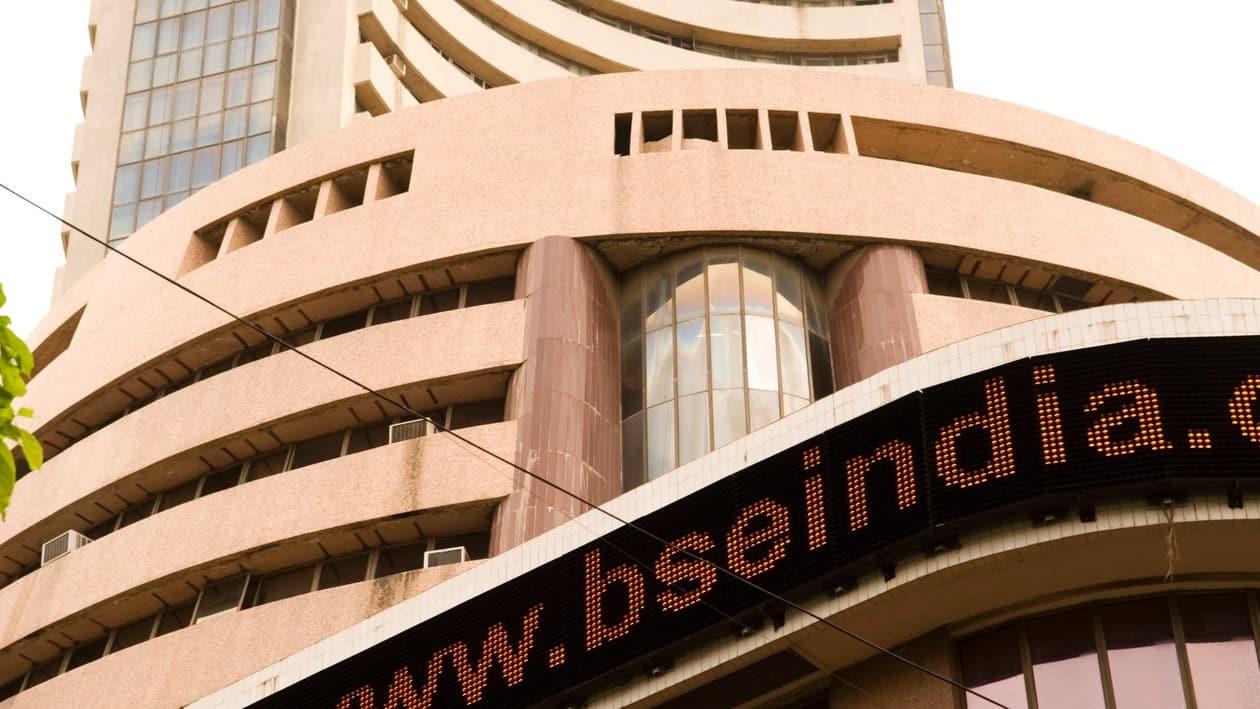Motilal Oswal launches new fund offer (NFO) for low volatility fund and exchange traded fund. This will focus primarily on low volatility stocks i.e., securities with higher stability in price movements.
While underscoring the significance of investing in low volatility stocks, the fund house argues that the greatest anomaly in finance is that investor can expect to earn higher returns by taking on higher risk. Whereas, empirical research shows that the strategy of buying low volatility stocks usually outperform the broad-market over the long term.
At the same time, defensive characteristics have resulted in lower drawdowns during bear markets.
The asset management company (AMC) also asserts in its NFO document that low volatility strategies tend to decline less in market downturns, which more than compensates for modest underperformance during surging markets.
Why should investors invest?
The AMC beckons investors by saying that the fund is good because of a range of reasons. First and foremost, the fund can be seen as a good starting point for investors worried about market volatility. Also, it has lower volatility and better long term historical outperformance in comparison to the market index. Importantly, the fund is more effective during market crashes.
The scheme's investment objective is to offer returns that correspond to the total returns of the securities as represented by S&P BSE Low Volatility Total Return Index, subject to tracking error. However, as any seasoned investor would know that there is no guarantee that the scheme will achieve its investment objective. The fund units will be allotted on March 23.
Key details:
I. Index Fund:
Minimum amount: Minimum application amount is ₹500 and in multiples of Re 1 thereafter.
Exit load: One percent if redeemed on or before 15 days from allotment date. Nil if redeemed after 15 days from allotment date.
Expense ratio: Regular 1 percent, direct 0.40 percent
II. Exchange Traded Fund (ETF):
Minimum amount: ₹500 and in multiples of Re one thereafter.
Exit load: Nil
Expense ratio: Regular: 0.35 percent
Here is a chart depicting performance of BSE low volatility TRI in comparison to BSE Large Mid Cap TRI:
About the index
The BSE low volatility index allocates 45.9 percent to consumer, 16.6 percent to healthcare, 8.9 percent to financial services, 7.5 percent to IT, 6.6 percent to commodities, 5.4 percent to manufacturing, 5.7 percent to energy and 3.3 percent to utilities.
Index performance (annualised)
| Period | Returns |
| 1 | 10.8% |
| 3 | 15.7% |
| 5 | 14.6% |
| 7 | 12.9% |
| 10 | 16.7% |
| 15 | 16.3% |
The stocks that comprise the BSE Low volatility index include Gillette India, Maruti Suzuki India, Dabur India, Abbott India, Pidilite Industries, Infosys, ITC, Glaxo Smithkline Pharmaceuticals, Britannia Industries and Colgate-Palmolive India.
